Compartmentalization gives the property of sensing Magnetic Field in Bacterial Cell (helps in movement)
Hello Everyone,
In my today’s post I will be talking about microbes which carry their very own compass and always remain align in the direction of Earth’s magnetic field that is Magnetotactic bacteria (MTB). These Magnetotactic bacteria were described for the first time by Salvatore Bellini in 1963 in the publication of University of Pavia. Bellini found these bacteria in bog sediment while visualizing under microscope, he found that certain bacteria were remained aligned in direction of North Pole, therefore he named those bacteria as magnetosensitive bacteria. After Bellini work, these bacteria again got featured in an article in Science journal in 1975 by Blakemore from Woods Hole Oceanographic Institution. He found that they remain oriented in the direction of Earth’s magnetic field, so he renamed them as Magnetotactic bacteria (1).
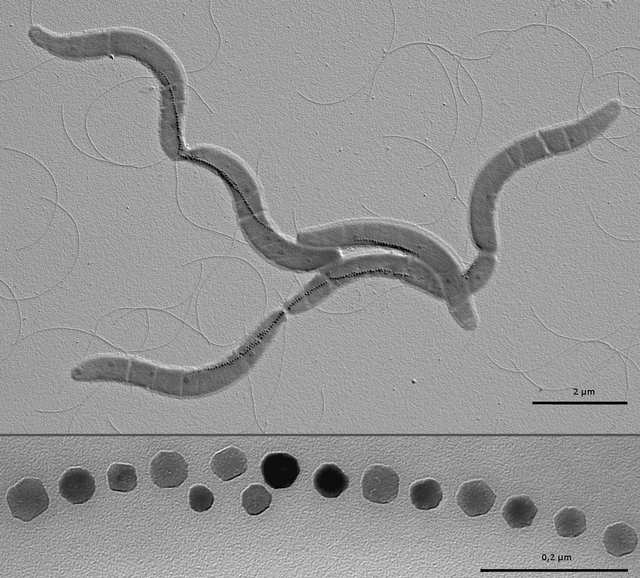
Magnetotactic bacteria can be differentiated on basis of form in which they produce magnetic particles; magnetite or gregite. These magnetite producing bacteria thrive in anoxic condition or in oxic-anoxic transition zone (OATZ). In anaerobic condition they use nitrates, sulfate or nitric acid as a final electron acceptor to produce magnetic particles. About the origin of MTB scientists make assumptions that they might have evolved in Proterozoic era, in this era the atmospheric oxygen was increased which resulted in reduction of dissolution of iron in water, as a result they started storing it intracellular and this later on accepted as magnetosomes (2). These MTB can be found in different morphotypes like rods, spherical, ovoid and spiral. They all are motile and Gram-negative, the arrangement of flagella differs in different species for example they can be polar, bipolar or even in tufts.
The most commonly found morphology of MTB is cocci cells which possess two tufts of flagella at both the ends that is bilophotrichous type of flagellation. In addition to these magnetosomes they showed presence of different inclusion bodies containing polyphosphate, sulphur or poly-β-hydroxybutyrate (3). They are chemolithoautotrophic (group of bacteria utilizes reduced inorganic compounds by oxidation as their source) as they are dependent on reduced sulphur compounds which in present in large amount in oxic-anoxic transition zone or even in sediments in low or no oxygen condition. The Earth’s magnetic field plays role in the orientation of these Magnetotactic fields. Scientists have shown in their work that magnetotaxis and aerotaxis (response in presence of which bacteria moves to oxygen concentration in oxygen gradient) together work in Magnetotactic bacteria. In a work it has been shown that in a water droplet, the Magnetotactic bacteria can reverse their swimming direction and can start swimming towards reducing conditions. Scientists have proposed two mechanisms for this magneto-aerotactic mechanism: polar and axial. One group of these Magnetotactic bacteria travel only in Earth’s magnetic field and they will reverse the direction if they come in contact with more powerful magnetic field, these follow polar mechanism. In case of axial mechanism these MTB can swim in any direction of magnetic field without reversing the direction when coming in contact with external stronger magnetic field (4).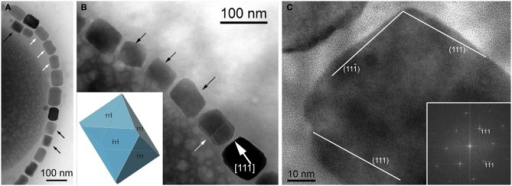
Magnetotactic Bacteria and their Role in Biomineralization
Magnetotactic bacteria have intrinsic property of biomineralisation that is to produce minerals. For this process of biomineralisation they require compartmentalization which is fulfilled by structure called as magnetosomes. These magnetosomes maintain conditions like pH, redox potential or concentration of iron to carry out mineralization. Along with compartmentalization the bacteria also require certain protein or genes to produce minerals. Scientists have analyzed the genome of certain strains of Magnetotactic bacteria and found that protein showing similarity to following group of proteins are involved in formation of bacterial magnetic particles: cation diffusion facilitator family (involved in transport of heavy metals), Htr-like serine protease (function as heat shock proteins which are involved in degradation of misfolded proteins), PDZ domain and TPR domain (5). Let me just give a brief explanation about these proteins.Cation diffusion facilitator proteins are transmembrane which consists of six transmembrane spanners with conserved N-terminal. These proteins are functions as efflux pumps which removes metal ions from the cell and making them tolerant to metal ions (6). TPR domain (Tetratricopeptide repeat) is a structural motif consists of 34 amino acids; it has been found that 3-16 amino acids fold to form protein-protein interaction. The α-helix pair repeats fold to form a solenoid domain which is known as TPR domain. Protein complexes like Anaphase-promoting complex, Hop adaptor protein (mediates association of molecular chaperones) and PEX-5, receptor of PTS-1 (Peroxisomal targeting sequence) shows presence of TPR domain (7). PDZ domain is structural domain consists of 80-90 amino acids, this protein plays role in anchoring receptor proteins in membrane to cytoskeletal components. These domains play a key role in signal transduction complexes (8).
The formation of magnetosomes is comprised of three steps: first stage is invagination of magnetosome membrane followed by entrance of magnetite precursors and finally nucleation and growth of crystals. Even in situations when there is low concentration of ferric ion the bacteria manages to accumulate ferric ion in the newly formed vesicles by the help of siderophores (high-affinity iron chelating compound). Once the ferric ion is inside bacteria they must be converted into ferrous ion for storage in the vesicles. Now here H+/Fe2+ antiporter transmembrane comes into picture which transports via proton gradient. This transporter is localized both in the cytoplasmic membrane and magnetosome membrane and this arrangement leads formation efflux of Fe2+ at cytoplasm and influx at magnetosome membrane as a result Fe2+ is transported inside the membrane. The final stage of extension takes place using protein MaMO (9).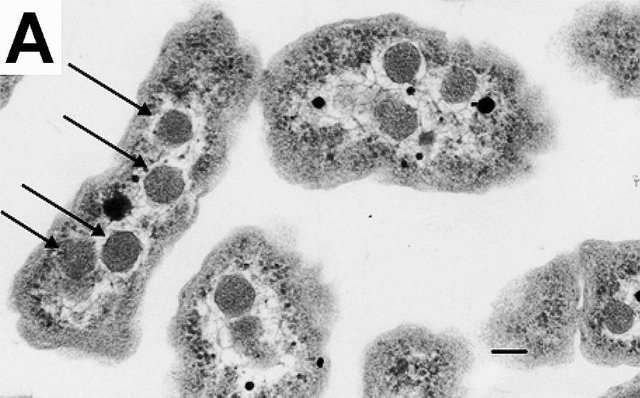
There are lots of applications associated with magnetosomes. Magnetosomes can be used for the purification of water; Scientists have explored the magnetic property and microaerophilic nature of these MTB to predict the oxygen concentration and reduction in sediments and water column (10). Along with prediction of oxygen concentration, it can be also used in waste management. Orientation magnetic separation process is used to check the purity of water. In this process Magnetotactic bacteria were placed in glass culture chamber and into this chamber contaminated water is added into them. The metals contaminant present in water will bind to these MTB and get aligned towards the North Pole and will move towards the separator, the property which is making the use of MTB for this process possible is that they get easily counted and recorded by magnetic recording head and provide an idea about population number and concentration of metals (11).
Conclusion
Compartmentalization in the bacterial cell are sometime a mechanistic way to save themselves, to store food, to carry out biomineralization or to use it as a navigation tool like as in the magnetotactic bacterial species. Magentotactic bacteria are named so because of their behavior towards earth's magnetic field which they very efficiently use for their movement. Before the bacterial movement always believe to be in a random way or in a zig-zag motion, anticlock-wise will go forward and clock-wise will tumble around but these bacterial species has shown the movement according to the attraction towards the magnetic field. Most frequently these magnetic compartment are being used to search the food source and ions source and also being used to search the appropriate environment for the survival. Not only the magnetic property, these compartments also give several other importance to the different species. The biomineralization supporting bacteria helps in the process of biomineralization and like this several applications are also shows their importance in the field of microbiology.
Reference
Wikipedia - Magnetosensitive Bacteria.
Blakemore R. et. al., 1975 Science. 190(4212):377-379.
Chang et. al., 1989 Ann. Rev. Earth Planet. Sci. 17:169-195.
Jogler et.al., 2011 PNAS 108(3):1134-1139.
Frankel et. al., 1998 Supramolecular Science 5(3-4):383-390.
Matsunaga et. al., 2003 Trends in MIcrobiology 11(11):536-541.
Paulsen et. al., 1997 J Membr Biol. 155(2):99-103.
Blatch et. al., 1999 Bioessays 21(11):932-939.
Lee et. al., 2010 Cell Commun Signal 28(8):8.
Shuler et. al., 1999 Appl Micobiol Biotechnol. 52(4):464-473.
Bahaja et. al., 1998 J Magent Magnetic Mat. 184(2):241-244.

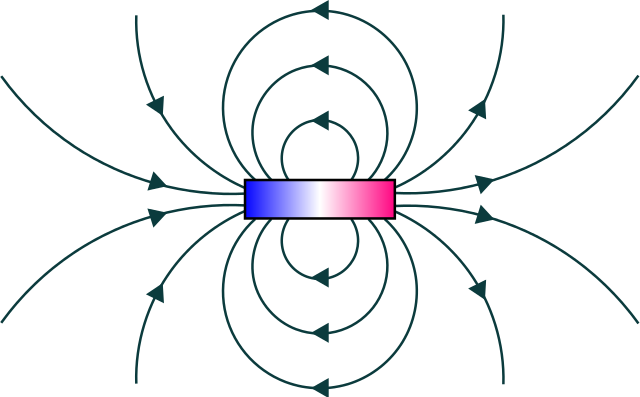

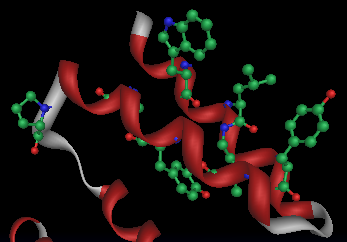
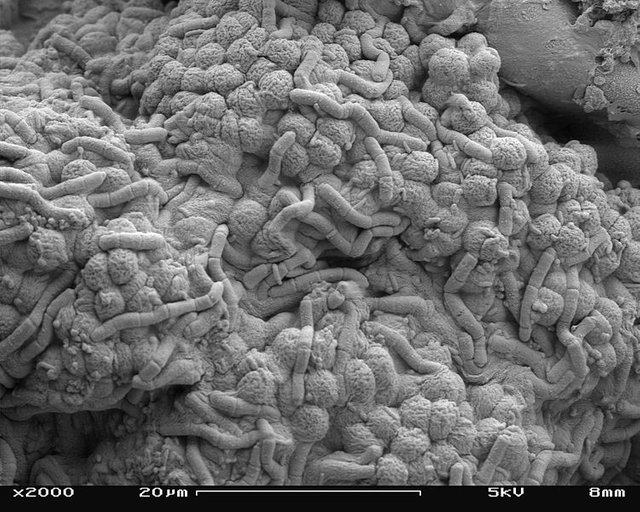
Hi @micro24
We have selected your post as post of the day for our DaVinci Times. Our goal is to help the scientific community of Steemit, and even if our vote is still small we hope to grow in quickly! You will soon receive our sincere upvote! If you are interested in science follow us sto learn more about our project.
Immagine CC0 Creative Commons, si ringrazia @mrazura per il logo ITASTEM.
CLICK HERE AND VOTE FOR DAVINCI.WITNESS
Keep in mind that for organizational reasons it’s necessary to use the “steemstem” and “davinci-times” tags to be voted again.
Greetings from @davinci.witness and the itaSTEM team.
Thanks for selecting my article.
How do these bacteria help in water purification? Just by helping to measure how pure the water is?
These MTB binds to the metals present in the water and move towards the separator in the presence of magnetic field. Basically, the bacteria binds to the metal impurities and move towards the separator making the water clean of any metal contaminant.
Thanks for reading the post and leaving a comment.
That's a creative way to use them. It seems like there is a bacteria for every purpose!
Yeah, if you use them wisely.
Nice article and interesting subject!
Thanks
Being A SteemStem Member
Being A SteemStem Member
Dear @micro24:
I apologize for getting 2 comments by @steemstem-bot on your post. The reason it was caused (when looking at the log file written) is that it sent the comment and received a 500 error code so it tried to send it again however both comments must have been received by the nodes. It happens to relatively few people compared to all the comments made. The other problem is that the other failsafe, which checks the most recent block for a comment made by the account on that post, only checks 1 block so if the comment is put in 1 block later then my failsafe won't work. Again, my apologies.
Sincerely,
Kryzsec